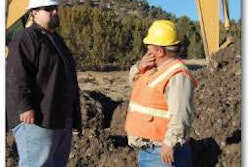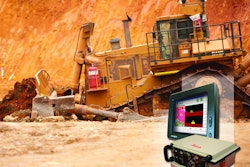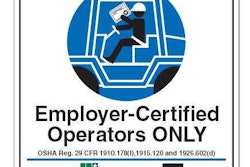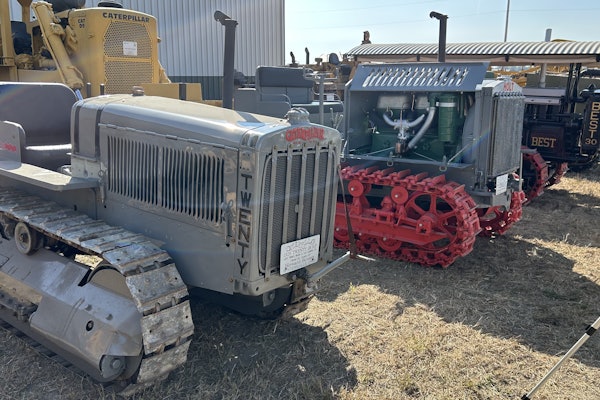Careful compaction
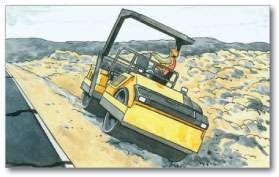
The accident: An operator was running a compactor over a newly created gravel shoulder on a road improvement project. In attempting to maneuver the front tires around a road sign, the operator drove the compactor too far off the shoulder and onto a 15-degree slope. The compactor toppled over, crushing the operator under the ROPS and killing him.
The bottom line: The operator failed to remain on the level ground of the shoulder and allowed the machine to travel onto the slope at an improper angle, causing the machine to tip. The post-accident investigation also showed the operator was not wearing his seat belt at the time of the incident. Once ejected from his seat, he was killed by equipment designed to protect him in the event of a rollover.
Preparation counts
Slopes are always a danger for compactor operators, so check the site for them first. Walking the site will let you know exactly where you should and shouldn’t run your compactor, and will also alert you to other hazards you might miss from your machine – such as drop-offs, holes and overhead obstacles.
Seat belt usage is always important, but if your compactor is equipped with a rollover protection structure, it’s essential. Even if you plan to keep your machine on a level surface, you may hit a hidden obstacle, encounter rocky or slippery material or misjudge the distance between the compactor’s wheels and the edge of a slope. Without a seat belt, you could be ejected from the operator’s station and then injured by the ROPS or the machine itself.
Know how to work a slope
You can greatly decrease your chance of a rollover if you know how to work on a slope. The simplest rule of thumb: avoid traveling sideways. Always climb or descend the slope in an up or down pattern, and maintain an appropriate speed for the terrain. If the slope has a steep grade, put the machine in the correct gear prior to climbing or descending – avoid changing gear selections once you are in motion on the slope.
If you realize you’re too close to a drop-off, don’t gauge the distance from the operator’s station. Stop the machine, get off and assess the situation before you move the compactor. EW
Information for this Safety Watch came from an accident report and from the Association of Equipment Manufacturers.
It is meant for general information only. To order AEM’s “Roller Compactor Safety Manual,” go to www.aem.org. To download a Toolbox Talks sheet on “Safe Operation on a Slope,” visit http://www.safety.cat.com/toolbox.





